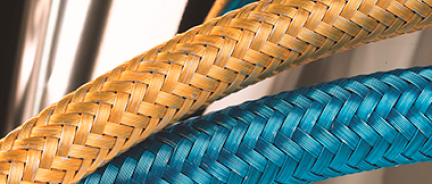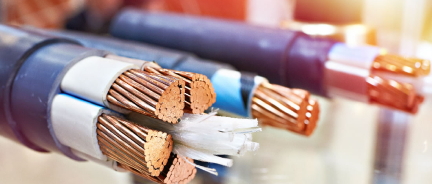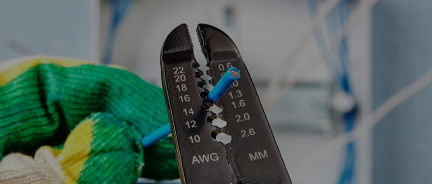RG58 vs. RG59 Coax Cable: Which One To Choose?

RG-59 is one of the top sellers among the range of the coax cable, but one cable is very similar to it - RG-58. Which one should you get? Read this blog to find out.
RG58 and RG59: What's Similar?
There are more similarities than differences between RG-58 and RG-59. Both are essentially variations of the same low-power radio-frequency cable, albeit for the impedance and the size. They both have polyethylene insulation and a PVC sheath.
RG58 vs. RG59: What is the difference?
The main difference between RG-58 and RG-59 lies in the impedance of these cables. RG-58 has an impedance of 50 Ohms, while RG-59 is 75 Ohm. The size of RG-58 is 20 AWG, while RG-59 is even smaller at 22 AWG.
75 Ohm is a standard impedance for a coax cable, but 50 Ohm is better at boosting the signal and carrying the signal more efficiently. This matters in many cases. For example, 50 Ohm is better for speaker wire, as it guarantees higher sound quality. However, 75 Ohm is more effective than 50 Ohm at higher frequencies.
RG58 vs. RG59: Applications Compared
- Both are used in low bandwidth, low power, and low-frequency applications
- RG58 is a cable that is best for amateur radio and ham transceivers and other mobile installations
- RG58 is suitable for carrying frequencies in scientific labs.
- RG59 is often used for TV antennas and as a TV cable for CATV and CCTV
- RG58 and RG59 are both not good for broadband frequencies because of the high signal loss. They are only great at baseband frequencies.
Should I Choose RG6 Instead Of RG58 and RG59?
RG6 is a more popular cable than RG58 and RG59 as it is more versatile and behaves better at higher frequencies without causing signal loss. Still, RG58 and RG59 are very popular as they are cheaper than RG-6, which makes them a more plausible solution from a financial perspective. However, RG 6 is better at longer distances due to lower signal loss. Therefore, if you are to buy more than 50' of coax cable.
Make sure that the cable you choose matches the impedance and load of the source related to your application. Do not buy cheap knock-offs; choose high-quality cables from a reputable seller. In this case, any type of coax cable will work well.
You can purсhase high-quality coax cables at the best prices at Nassau National Cable, including Rg-6, RG-58, and RG-59.

















